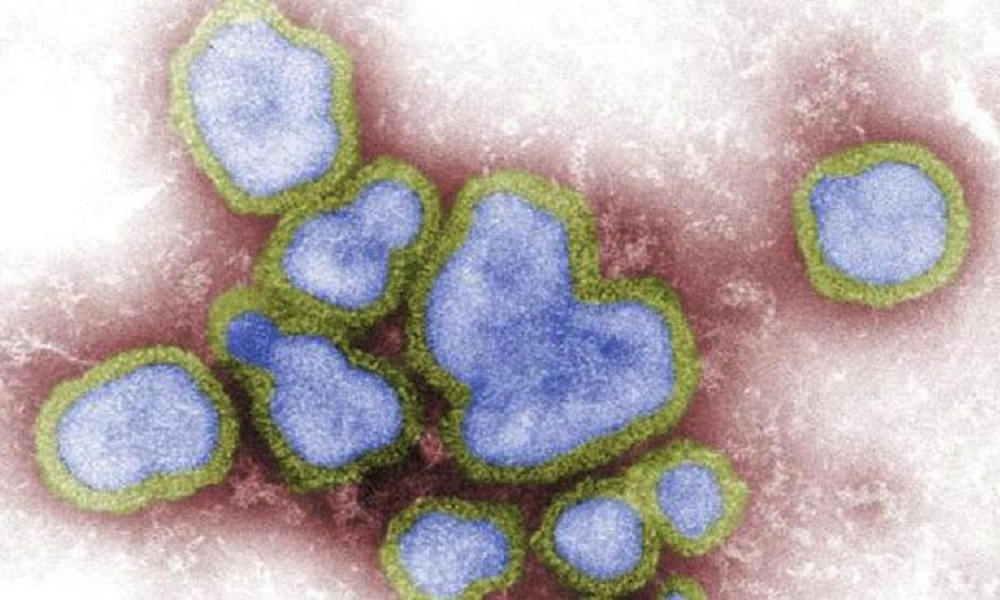Health officials in California are looking into a case involving a child who tested positive for H5 bird flu. The child, who had mild respiratory symptoms, reportedly had no exposure to poultry or dairy cows—common sources of human infections. Experts maintain there is no indication of human-to-human transmission.
The child, a resident of Alameda County who is now recovering at home, initially tested positive for H5 bird flu, according to the California Department of Public Health (CDPH). A subsequent test, conducted four days later, returned negative results. Other respiratory viruses were also detected in the child, which could explain their cold and flu-like symptoms.
Specimens from the initial positive test have been sent to the Centers for Disease Control and Prevention (CDC) for further analysis, which may take several days. If the diagnosis is confirmed by the CDC, additional testing will determine the specific subtype of the virus, with H5N1 considered the most likely strain.
Investigators are working to identify the source of the infection as the child had no known interactions with poultry, dairy cows, or any other animals commonly associated with bird flu. However, potential exposure to wild birds is being explored.
“Due to mild respiratory symptoms, all close family members of the child were tested – and all are negative for bird flu and not suspected of having the virus at all,” CDPH stated on Tuesday. “Family members were also confirmed to have the same, more common respiratory viruses as the child.”
Preventive treatment has been provided to both the child and their family members.
Dr. Tomás Aragón, CDPH Director, noted that there has been no documented human-to-human transmission of bird flu in over 15 years. “Based on the information and data we have, we don’t think the child was infectious,” Aragón said, referencing the low virus levels detected in the positive test.
Alameda County Health Officer Nicholas Moss stated: “While it is reassuring that we have found only one mild bird flu case, we will continue to monitor the situation closely. Fortunately, bird flu remains rare, and most people are unlikely to be exposed unless they work with sick birds or cattle.”
A newer strain of H5N1, known as clade 2.3.4.4b, has sparked concern due to its global spread and increased cases in mammals, including numerous outbreaks among dairy cows in the U.S. Human cases, though still rare, have been gradually increasing following exposure to infected birds or animals.
So far this year, 72 human cases of H5N1 bird flu have been reported worldwide, including 58 in the U.S., 10 in Cambodia, and one each in Australia, Canada, China, and Vietnam. Only the U.S. and Canadian cases have been linked to the newer clade, 2.3.4.4b.
Earlier this month, Canada confirmed its first human case of H5N1 bird flu in a teenager with no known exposure to poultry or dairy cows. The teen, hospitalized in critical condition in British Columbia, is being treated, though the source of infection remains unknown. Similarly, a human case reported in Missouri in September also had no identifiable source.

